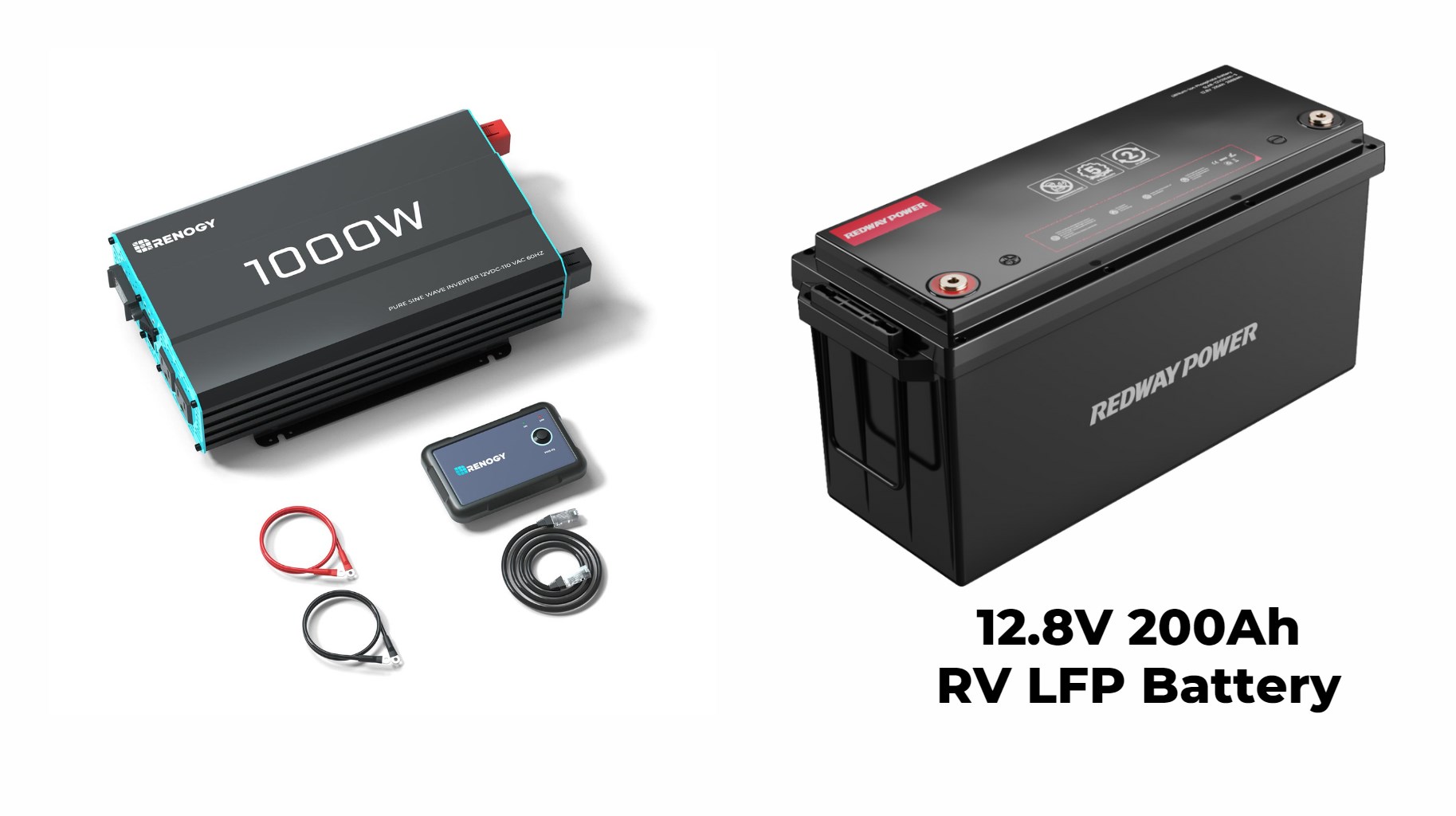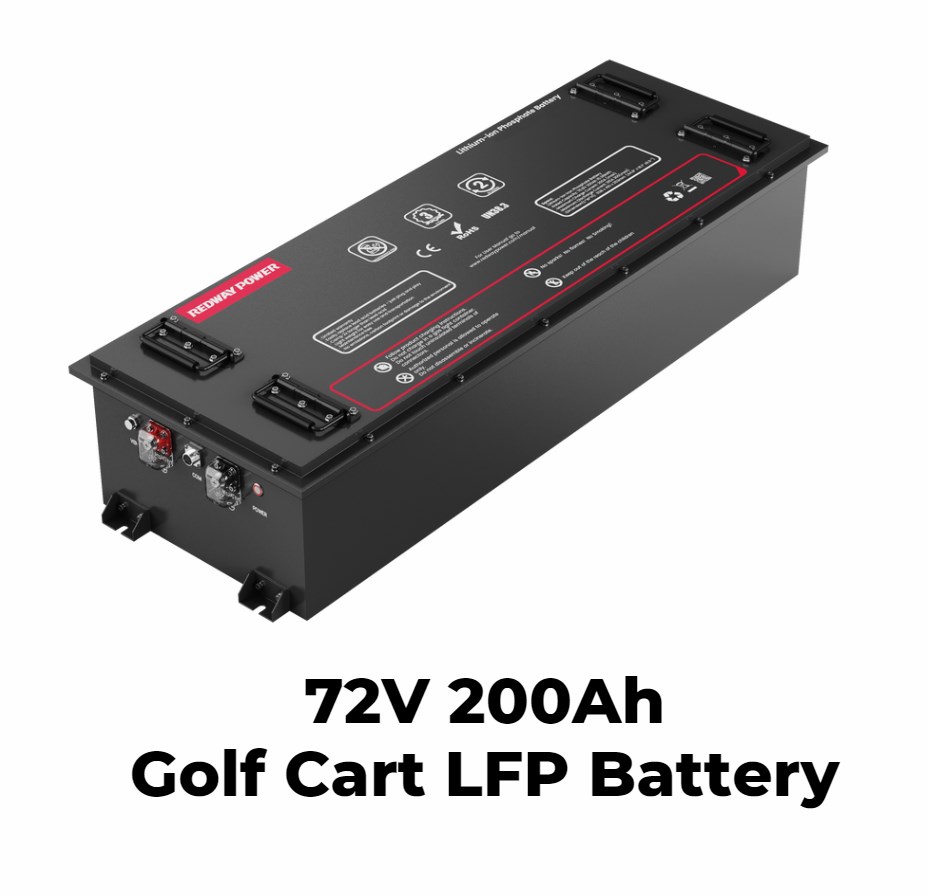Yes, a 1000W inverter can charge a 200Ah battery effectively. It is crucial to ensure that the inverter’s charging current is sufficient to charge the battery within a reasonable time. Refer to the manufacturer’s specifications for compatibility and optimal charging performance. Regular maintenance and monitoring of the battery’s state of charge are also recommended to ensure efficient charging and longevity.
A 1000W inverter indeed has the capability to charge a 200Ah battery effectively, but several factors need to be considered to ensure that the charging process is both efficient and safe. In this article, we will delve into the specifics of how a 1000W inverter can interact with a 200Ah battery, the necessary precautions, and additional recommendations for optimal performance. We’ll also explore the use of LiFePO4 batteries, such as the 72V 200Ah Golf Cart LiFePO4 battery (S72210P), which are becoming increasingly popular in various applications.
Understanding the Power Requirements
To charge a 200Ah battery using a 1000W inverter, it’s important to understand the relationship between voltage, current, and power. A 200Ah battery typically operates at a specific voltage, often 12V, 24V, or 48V in various systems. The power (in watts) required to charge the battery can be calculated using the formula:
Power (W)=Voltage (V)×Current (A)
For a 12V 200Ah battery, the maximum power requirement would be:
12V×200A=2400W
However, in practice, charging the battery doesn’t require the full 2400W continuously, especially when considering the charging stages (bulk, absorption, and float). A 1000W inverter can effectively charge the battery, particularly if the charging is done over an extended period rather than attempting to charge the battery rapidly.
Charging Current Considerations
The charging current is a critical factor in determining how quickly the battery can be recharged. Most batteries have a recommended maximum charging current, which for a 200Ah battery is often around 20-30A. Using a 1000W inverter, the current delivered during charging can be calculated by:
Current (A)=Power (W)/Voltage (V)
For a 12V system:
Current=1000W/12V≈83A
For a 24V system:
Current=1000W/24V≈42A
For a 48V system:
Current=1000W/48V≈21A
In each scenario, the charging current is within the acceptable range for a 200Ah battery, particularly in 24V and 48V systems where the current is well below the maximum recommended limits. However, at 12V, 83A exceeds the typical maximum charging current, which could potentially stress the battery if not properly managed by a Battery Management System (BMS).
Role of the Battery Management System (BMS)
A Battery Management System (BMS) is essential when charging a 200Ah battery, especially with a 1000W inverter. The BMS monitors and controls the charging process, ensuring that the battery is not overcharged, which can lead to overheating or reduced battery life. The BMS also balances the cells within the battery, preventing imbalances that could result in reduced capacity or failure.
When using a LiFePO4 battery, such as the 72V 200Ah Golf Cart LiFePO4 battery (S72210P), the BMS plays an even more crucial role due to the specific charging requirements of lithium iron phosphate chemistry. These batteries are known for their stability, long cycle life, and safety, but they still require precise charging control, which the BMS provides.
Benefits of Using a LiFePO4 Battery
LiFePO4 batteries offer several advantages over traditional lead-acid batteries, making them an ideal choice for high-performance applications such as electric vehicles and industrial equipment. Some of the key benefits include:
- Longer Cycle Life: LiFePO4 batteries can typically endure over 2000 charge-discharge cycles, compared to around 500-1000 cycles for lead-acid batteries.
- Stable Voltage: These batteries maintain a more consistent voltage throughout the discharge cycle, providing more reliable power.
- Higher Energy Density: LiFePO4 batteries have a higher energy density, meaning they can store more energy in a smaller, lighter package.
- Safety: LiFePO4 chemistry is inherently safer than other lithium-ion batteries, with a lower risk of thermal runaway and fires.
- Faster Charging: With the right inverter and charging system, LiFePO4 batteries can be charged more quickly than lead-acid batteries, though this must be carefully managed to avoid overcharging.
72V 200Ah Golf Cart LiFePO4 Battery Specifications
The 72V 200Ah Golf Cart LiFePO4 battery (S72210P) is a top-tier energy storage solution designed for demanding applications. Here are its key specifications:
- Nominal Voltage: 72V
- Capacity: 200Ah
- Energy: 15.36 kWh
- Weight: Significantly lighter than equivalent lead-acid batteries, facilitating easier installation and handling.
- BMS: Integrated BMS for advanced protection and monitoring.
- Protection Features: Includes overcharge, over-discharge, over-current, and thermal protection.
This battery is particularly well-suited for electric vehicles, providing extended driving ranges and reliable power delivery. Its advanced BMS ensures the battery operates safely within its optimal parameters, even under heavy loads.
Installation and Maintenance Tips
When installing a 1000W inverter to charge a 200Ah battery, particularly a LiFePO4 battery, several best practices should be followed:
- Proper Sizing of Inverter and Cables: Ensure that the inverter is correctly sized for the battery and the load. Use appropriately rated cables to handle the current without excessive voltage drop.
- Ventilation: While LiFePO4 batteries do not off-gas like lead-acid batteries, it’s still important to ensure proper ventilation to avoid heat buildup.
- Regular Monitoring: Even with a BMS, it’s advisable to regularly monitor the battery’s state of charge and health. This can help identify potential issues before they become serious problems.
- Temperature Considerations: Keep the battery within its recommended operating temperature range. Extreme temperatures can reduce battery life and performance.
- Firmware Updates: For batteries with a BMS, ensure that firmware updates are applied when available to maintain compatibility with charging systems and improve functionality.
Conclusion
In summary, a 1000W inverter can effectively charge a 200Ah battery, provided that the system is designed with the correct voltage and current considerations in mind. Using a LiFePO4 battery like the 72V 200Ah Golf Cart LiFePO4 battery (S72210P) adds an extra layer of reliability and efficiency, thanks to its superior technology and integrated BMS. By following the guidelines outlined in this article, users can ensure that their battery charging setup is both efficient and safe, extending the life of their battery and optimizing performance across a range of applications.




